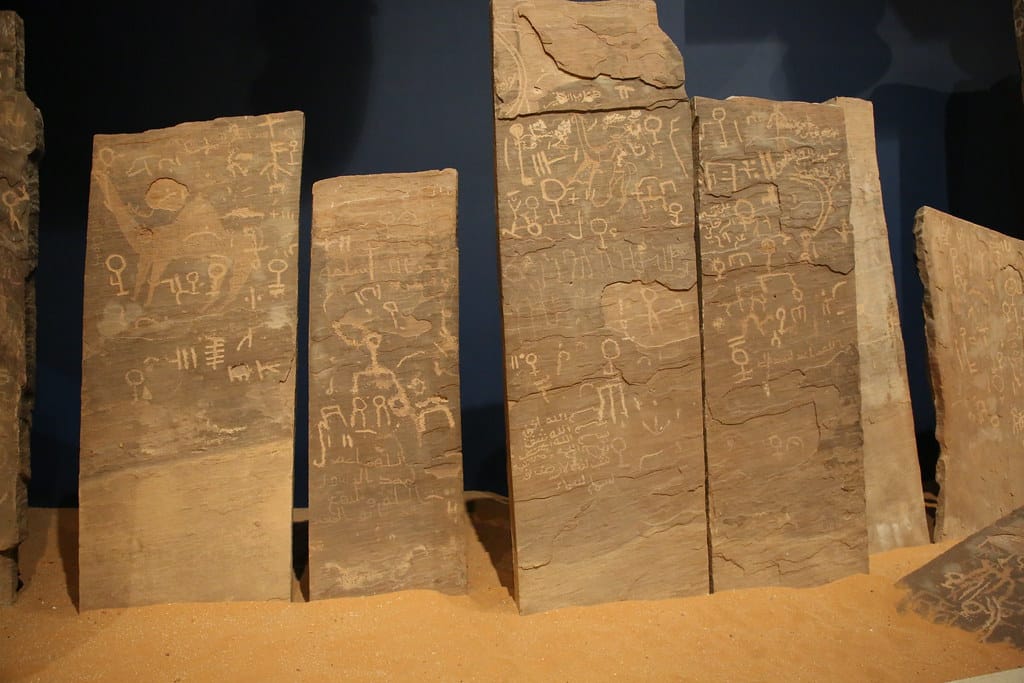Saudi Arabia's 'The Line' Megaproject Faces Reality Check as Consultants Reassess Feasibility
Saudi Arabia's ambitious futuristic city project, known as "The Line," is undergoing a critical reassessment as the kingdom asks international consultants to evaluate the feasibility of what was once hailed as the world's most revolutionary urban development. This development signals a potential scaling back of Crown Prince Mohammed bin Salman's flagship project within the broader NEOM development in the northwest region of the kingdom.
The Original Vision Under Scrutiny
When unveiled in 2021, The Line was designed to stretch 170 kilometers across the desert, standing 500 meters high and 200 meters wide. The linear city was intended to house 9 million residents in a car-free environment powered entirely by renewable energy, with an estimated cost of $500 billion. The project represented the centerpiece of Saudi Arabia's Vision 2030 economic diversification plan, aimed at reducing the kingdom's dependence on oil revenue.
However, sources familiar with the project suggest that the original scope may have been overly ambitious. The reassessment comes as global economic conditions have shifted, construction costs have soared, and technical challenges have proven more complex than initially anticipated.
Economic Realities and Timeline Pressures
The timing of this reassessment is particularly significant given Saudi Arabia's current economic priorities. The kingdom has been investing heavily in multiple gigaprojects simultaneously, including the Red Sea Project, Qiddiya entertainment city, and the futuristic business district in Riyadh. With oil prices fluctuating and global investment sentiment becoming more cautious, the government appears to be taking a more pragmatic approach to its development spending.
International consultants are reportedly examining several key aspects of the project, including construction timelines, cost projections, and the technical feasibility of some of the more ambitious technological components. The original timeline called for the first phase to be completed by 2030, coinciding with Saudi Arabia's hosting of the FIFA World Cup.
Technical Challenges and Infrastructure Concerns
The Line's unique design presents unprecedented engineering challenges. The project requires the construction of two parallel mirror-clad structures that would create a continuous urban environment across diverse terrain, from mountainous regions to coastal areas along the Red Sea. The infrastructure needed to support 9 million residents in such a configuration has raised questions among urban planning experts worldwide.
Water supply, waste management, transportation systems, and emergency services all require innovative solutions that have never been tested at such a scale. The project's commitment to being powered entirely by renewable energy also presents significant technical hurdles, particularly given the energy demands of such a massive development.
Market Conditions and Investment Climate
The global investment climate has shifted considerably since The Line's announcement. Rising interest rates, inflation concerns, and geopolitical tensions have made international investors more risk-averse. Additionally, the construction industry has faced significant challenges, including material shortages and skilled labor constraints, which have driven up costs across major projects worldwide.
These market conditions have coincided with increased scrutiny of mega-development projects globally, with investors and governments alike becoming more focused on sustainable returns and practical implementation timelines.
Implications for Saudi Arabia's Vision 2030
The reassessment of The Line doesn't necessarily signal an abandonment of the project, but rather a recalibration of expectations and timelines. Saudi Arabia's Vision 2030 remains a central government priority, with the kingdom committed to diversifying its economy and reducing oil dependence. However, the approach may shift toward more phased development and realistic milestone targets.
This pragmatic pivot could actually strengthen investor confidence by demonstrating that Saudi Arabia is willing to adapt its plans based on market realities and technical constraints. A more measured approach might also allow for better integration with existing infrastructure and more sustainable development practices.
Looking Forward: Adaptation and Evolution
The reassessment of The Line represents a broader trend in megaproject development, where initial ambitious visions are refined through practical implementation phases. Rather than viewing this as a setback, it may signal a maturation of Saudi Arabia's approach to large-scale development projects.
The kingdom's commitment to economic transformation remains unchanged, but the methods and timelines may evolve to reflect current realities. This adaptive approach could ultimately result in a more sustainable and achievable version of The Line that still serves the broader goals of Vision 2030 while being more responsive to technical, economic, and market constraints.
As Saudi Arabia continues to navigate this reassessment, the global development community will be watching closely to see how one of the world's most ambitious urban projects adapts to meet 21st-century challenges.
